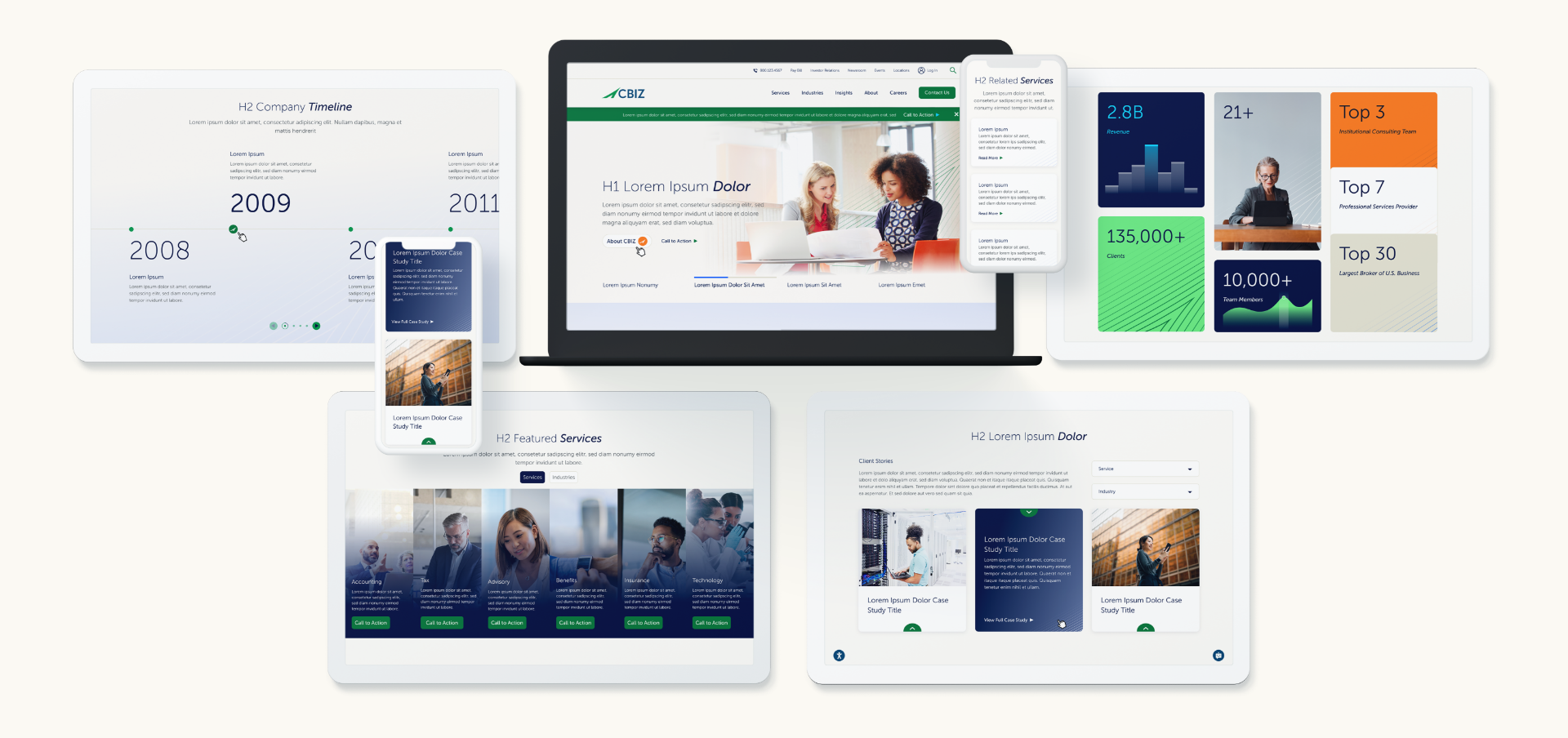Omnichannel marketing is about creating a seamless experience for customers across all touchpoints. Whether it’s in-store, online, or via mobile, consumers expect a cohesive journey. According to a Harvard Business Review study, 73% of shoppers use multiple channels during their purchase journey, making these strategies essential for success.
Why Omnichannel Marketing Matters
Consumers today have more choices than ever, and they expect personalized, consistent experiences. Omnichannel marketing helps:
- Increase customer retention
- Boost brand loyalty
- Improve overall customer satisfaction
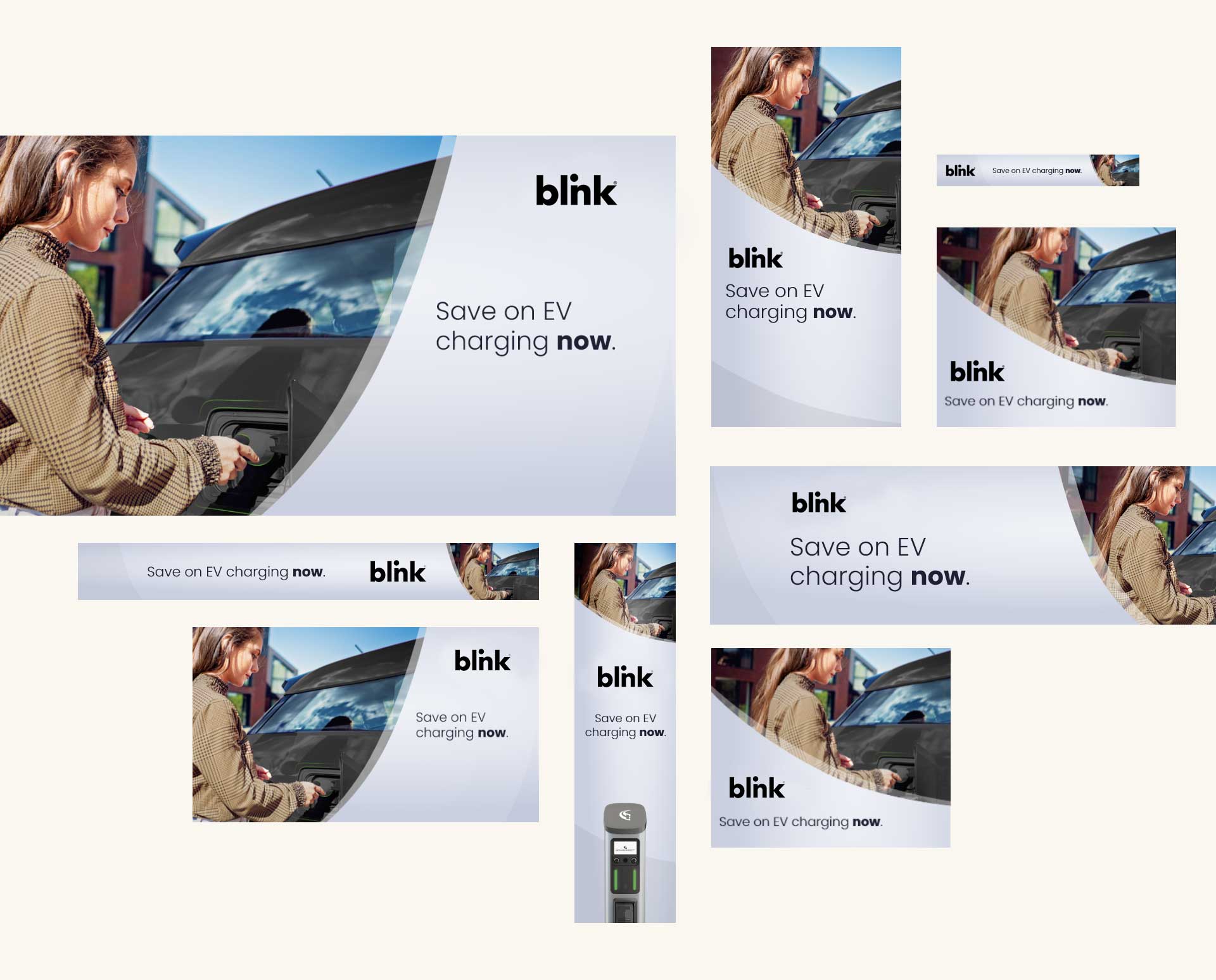
Building a Successful Omnichannel Strategy
- Understand Your Customer Journey
- Map out every touchpoint, from discovery to purchase.
- Integrate Technology
- Use tools like CRM systems, marketing automation, and data analytics to connect channels.
- Personalize the Experience
- Leverage customer data to offer tailored recommendations and promotions.
- Ensure Consistency
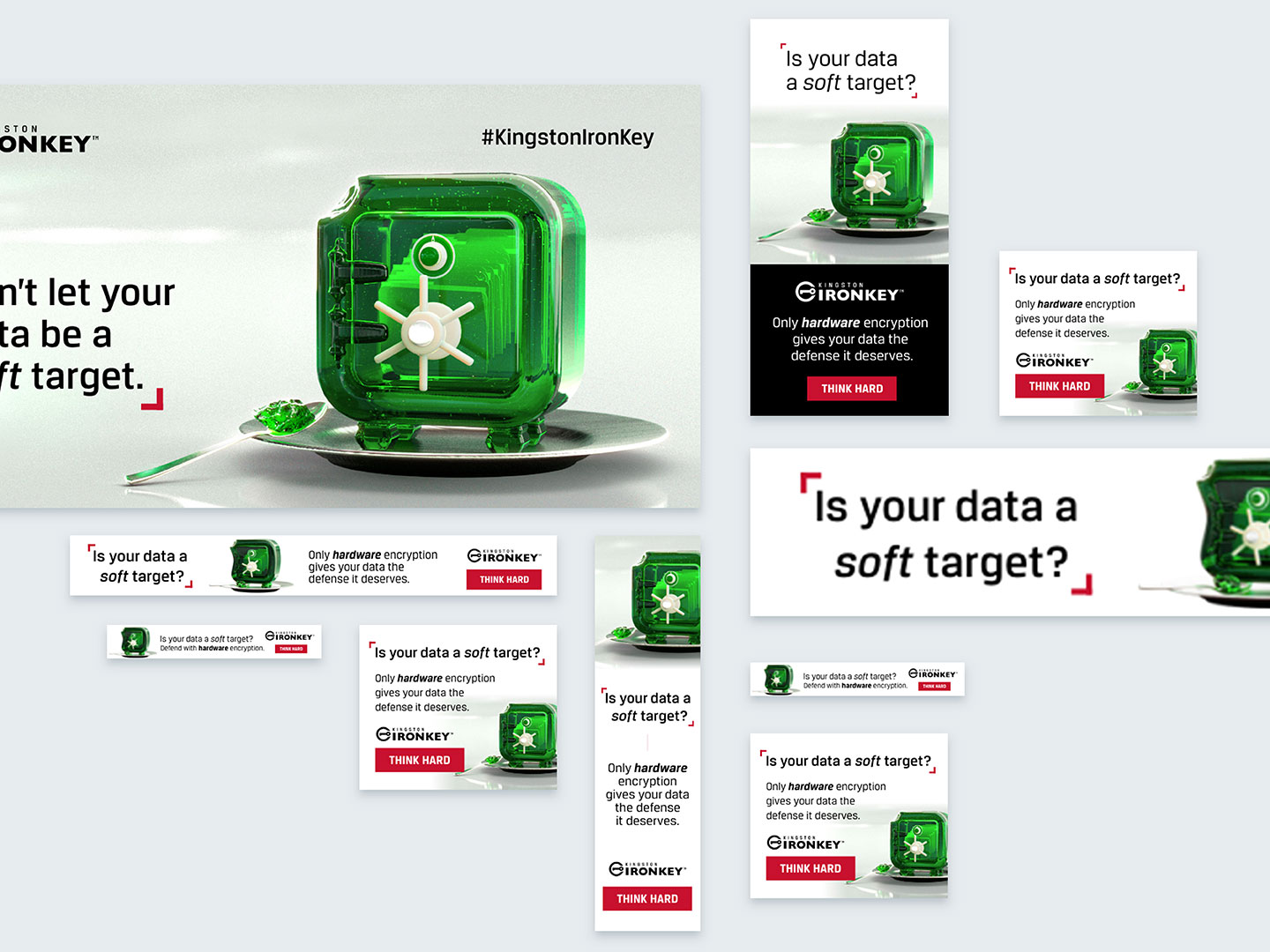
Challenges and How to Overcome Them
- Data Silos
- Consolidate data from various platforms to gain a 360-degree view of the customer.
- Technological Barriers
- Invest in scalable, integrated solutions to streamline operations.
- Maintaining Consistency
- Regularly audit your marketing efforts to ensure alignment across channels.

The Future of Customer Engagement
Omnichannel marketing is no longer optional; it’s a necessity for brands that want to stay competitive. By creating cohesive experiences, you can build stronger relationships with your customers and drive long-term growth.
Ready to revolutionize your customer experience? Contact Bluetext to develop an omnichannel strategy tailored to your brand.
The financial services industry is undergoing rapid digital transformation, reshaping how firms engage with customers, deliver services, and remain competitive. To thrive in this evolving landscape, financial services firms must position themselves as leaders in innovation through strategic marketing initiatives.
The Importance of Digital Transformation in Financial Services
Digital transformation has become a cornerstone of success for financial services organizations. Key drivers include:
- Evolving Customer Expectations: Today’s consumers demand seamless, personalized digital experiences.
- Technological Advancements: Innovations like artificial intelligence (AI), blockchain, and data analytics are revolutionizing the sector.
- Competitive Pressure: Fintech disruptors are challenging traditional financial institutions, pushing them to innovate or risk obsolescence.
- Regulatory Changes: Firms must navigate an increasingly complex compliance landscape while embracing digital tools to streamline processes.
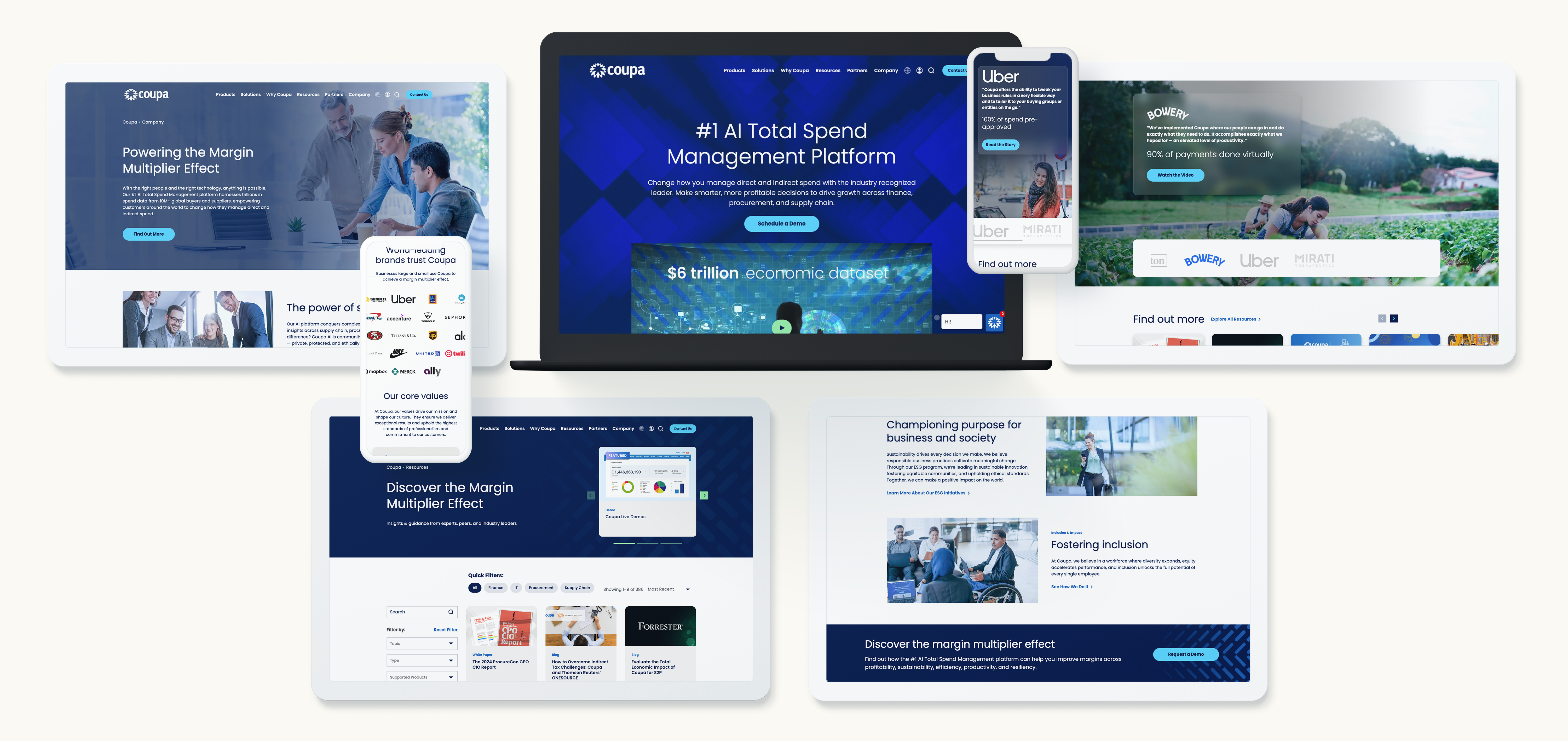
Strategic Marketing to Lead the Transformation
To position as leaders in digital transformation, financial services firms need to communicate their vision and demonstrate their capabilities effectively. Below are key marketing strategies to drive this effort:
- Showcase Digital Innovation
Highlighting investments in technology and innovation builds trust with customers and stakeholders.
How to Execute:
- Create case studies and success stories that demonstrate the tangible benefits of your digital initiatives.
- Develop video content that showcases innovative solutions, such as mobile banking apps or AI-driven financial planning tools.
- Use storytelling to connect technological advancements with customer benefits, emphasizing security, efficiency, and personalization.
- Position as Thought Leaders
Becoming a trusted source of insights and trends in digital transformation can elevate your brand and build credibility.
How to Execute:
- Publish white papers, eBooks, and research reports on topics like blockchain, AI in finance, or digital customer experience.
- Host webinars and participate in industry conferences to discuss digital transformation trends.
- Maintain an active blog with insights from your leadership team and industry experts.
- Deliver a Seamless Omnichannel Experience
Modern financial services customers interact with brands across multiple touchpoints. A consistent and seamless experience across these channels is essential.
How to Execute:
- Use data analytics to personalize customer experiences across email, social media, mobile apps, and websites.
- Implement a unified brand voice across all platforms, from digital ads to in-branch experiences.
- Optimize user experience (UX) design for mobile-first interactions, reflecting the shift toward mobile banking.
- Address Concerns About Security and Compliance
Digital transformation raises questions about data security and regulatory compliance. Addressing these concerns proactively is critical to building trust.
How to Execute:
- Highlight your firm’s commitment to cybersecurity through content like blog posts, videos, and infographics.
- Share how you ensure compliance with evolving regulations, such as GDPR or financial-specific frameworks like SOX.
- Publish third-party certifications or endorsements to reinforce trust in your digital platforms.
- Engage with Data-Driven Marketing
Harnessing the power of data is integral to effective marketing in the digital era.
How to Execute:
- Use predictive analytics to identify emerging customer needs and tailor offerings accordingly.
- Segment audiences based on behavior, preferences, and demographics to deliver hyper-personalized campaigns.
- Continuously measure and optimize campaign performance using advanced analytics tools.
Preparing for the Future of Financial Services
Marketing efforts must align with emerging trends to future-proof your business. Key areas of focus include:
- Sustainability Messaging: Highlight efforts in green finance and ESG (Environmental, Social, and Governance) initiatives.
- AI-Driven Personalization: Emphasize how AI enhances customer experiences and streamlines operations.
- Partnerships with Fintechs: Showcase collaborations with fintech innovators to reinforce your firm’s commitment to staying ahead of the curve.
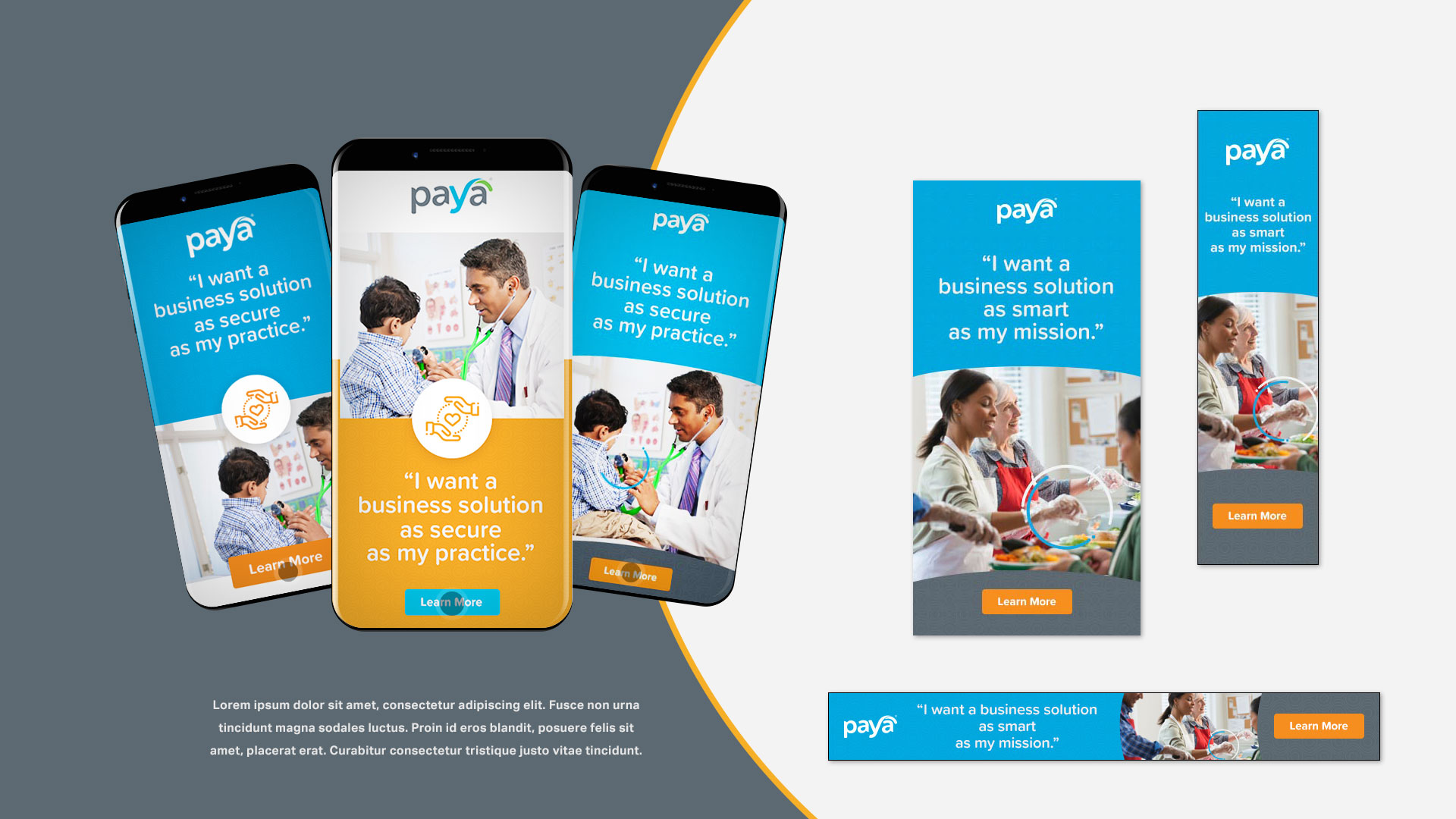
Final Thoughts: Leading the Charge in Digital Transformation
Digital transformation is not just a technological shift but a strategic opportunity for financial services firms to redefine their market position. By leveraging marketing strategies that highlight innovation, thought leadership, and customer-centricity, your firm can build a future-proof brand that thrives in an increasingly digital landscape.
Partner with Bluetext for Digital Transformation Marketing
At Bluetext, we specialize in crafting strategic marketing campaigns that position financial services firms as leaders in digital innovation. Whether it’s creating compelling content, executing data-driven campaigns, or designing seamless digital experiences, we can help you navigate the complexities of digital transformation. Contact us today to learn how we can elevate your marketing efforts.
In today’s fast-paced digital landscape, businesses are constantly seeking innovative ways to cut through the noise and capture the attention of their target audience. With the myriad of marketing channels available, from social media and paid media to content marketing and public relations, crafting a cohesive strategy that seamlessly integrates these elements has become more crucial than ever. Welcome to the world of digital orchestration, where the art lies in harmonizing these diverse channels to create a symphony of success.
Understanding Digital Orchestration
Digital orchestration is more than just managing individual marketing channels; it’s about orchestrating them in such a way that they work together harmoniously to achieve a common goal. It’s about creating a unified brand experience across all touchpoints, whether it’s a tweet on X, a sponsored post on Facebook, a blog post on your website, or a feature in a leading publication. By synchronizing your efforts across various channels, you can amplify your message and increase overall impact.
The Power of Social Media
Social media has transformed the way businesses connect with their audience. Platforms like Facebook, Instagram, X, and LinkedIn offer unparalleled opportunities to engage with customers in real-time and build meaningful relationships. By incorporating social media into your digital orchestration strategy, you can leverage its reach and influence to amplify your message, drive engagement, and foster community.
Social media is not just about broadcasting your message; it’s about engaging in two-way conversations with your audience. By actively listening to their needs and preferences, you can tailor your content to resonate with them on a deeper level. Whether it’s sharing behind-the-scenes glimpses of your business, responding to customer inquiries, or soliciting feedback, social media allows you to humanize your brand and forge genuine connections with your audience.
Leveraging Paid Media
Paid media, including pay-per-click advertising, display ads, and sponsored content, allows you to reach a targeted audience with precision and scale. By strategically allocating your budget across various channels, you can maximize your ROI and drive measurable results. Whether it’s promoting a new product launch, driving traffic to your website, or generating leads, paid media plays a vital role in amplifying your brand’s visibility and reach.
One of the key advantages of paid media is its ability to provide instant visibility and results. Unlike organic methods that may take time to gain traction, paid media allows you to jumpstart your marketing efforts and quickly generate momentum. By leveraging advanced targeting options and analytics tools, you can optimize your campaigns in real-time to ensure maximum effectiveness and efficiency.
The Importance of Content Marketing
Content is king in the digital age, and content marketing is the fuel that powers your digital engine. Whether it’s blog posts, videos, infographics, or whitepapers, valuable content serves as the cornerstone of your digital strategy. By creating high-quality, relevant content that resonates with your audience, you can establish thought leadership, build trust, and drive engagement. Integrating content marketing into your digital orchestration strategy ensures that your message is not only heard but also valued by your audience.
Content marketing is not just about creating content for the sake of it; it’s about delivering value to your audience at every stage of their journey. Whether they’re seeking information, entertainment, or inspiration, your content should address their needs and provide meaningful solutions. By focusing on quality over quantity and delivering content that educates, entertains, or inspires, you can position your brand as a trusted resource and build long-lasting relationships with your audience.
Amplifying Your Message with Public Relations
Public relations (PR) plays a crucial role in shaping public perception and building brand credibility. By securing media coverage, managing crises, and cultivating relationships with key stakeholders, PR helps enhance your brand’s reputation and visibility. Incorporating PR into your digital orchestration strategy allows you to leverage earned media to amplify your message and reach a wider audience.
In today’s crowded marketplace, earning media coverage can be a powerful way to differentiate your brand and stand out from the competition. By crafting compelling stories, building relationships with journalists and influencers, and staying ahead of industry trends, you can position your brand as a thought leader and gain valuable exposure in relevant media outlets. Whether it’s securing a feature article in a leading publication, appearing on a popular podcast, or participating in industry events, PR can help elevate your brand and generate buzz around your products or services.
The Synergy of Digital Orchestration
The true power of digital orchestration lies in its ability to create synergy across multiple channels. By synchronizing your social media, paid media, content marketing, and public relations efforts, you can amplify the impact of each individual channel and create a unified brand experience for your audience. Whether it’s increasing brand awareness, driving website traffic, or generating leads, digital orchestration allows you to achieve your marketing objectives more effectively and efficiently.
When executed properly, digital orchestration can yield remarkable results for your business. By aligning your messaging, targeting, and creative across all channels, you can create a seamless brand experience that resonates with your audience and drives action. Whether you’re launching a new product, promoting a special offer, or raising awareness for a cause, digital orchestration allows you to deliver the right message to the right audience at the right time, maximizing your impact and driving measurable results.
Digital Channels Working in Harmony
In today’s hyper-connected world, digital orchestration is the key to unlocking the full potential of your marketing efforts. By harmonizing your social media, paid media, content marketing, and public relations strategies, you can create a symphony of success that resonates with your audience and drives tangible results for your business. So, embrace the art of digital orchestration and watch your campaigns soar to new heights of success.
Looking to take your campaigns to the next level? Contact us to get started.
With new channels and platforms constantly emerging in today’s evolving digital landscape, it’s easy to get lost in the buzz of the latest ‘shiny new toy.’ Today, it’s more important than ever that when executing digital orchestration initiatives, that we never lose sight of the main goal, and the main KPIs we are looking to achieve. Yes – it can be helpful to tap into new channels and a/b test different tactics, but only to the extent that it will help achieve your campaign’s goals.
What Is Digital Orchestration?
As a refresher, digital orchestration refers to the strategic coordination of digital marketing channels, tools, and platforms to deliver a consistent and impactful message to your target audience. Digital orchestration is the practice of aligning technology to marketing efforts, creating a seamless customer experience across multiple touchpoints. In simpler terms: our goal as digital orchestration conductors is to ensure that all of our marketing efforts – from paid media to SEO to PR to user experience on the site – are aligned to help deliver the end goal, whatever that may be, to our clients.
When kicking off a digital orchestration project, the first question we ask our clients is: what is your goal? What are looking to achieve in the digital space? The two primary answers we hear are:
- Brand Awareness – to gain more brand recognition in the space, increase our Share of Voice and our market share footprint across organic and paid efforts.
- Lead Generation – to drive more users down the funnel to convert through a high-value form submission, driving more quality leads, at a lower cost per lead.
These two goals often complement each other, and if our client has not spent time investing in brand awareness before we launch our digital orchestration program, we will recommend a phased approach – phase 1: brand awareness, phase 2: lead generation. While lead generation is typically the bottom-line goal, it is critical to gain brand recognition before working towards leads. We cannot achieve lead goals if no one knows who our client is.
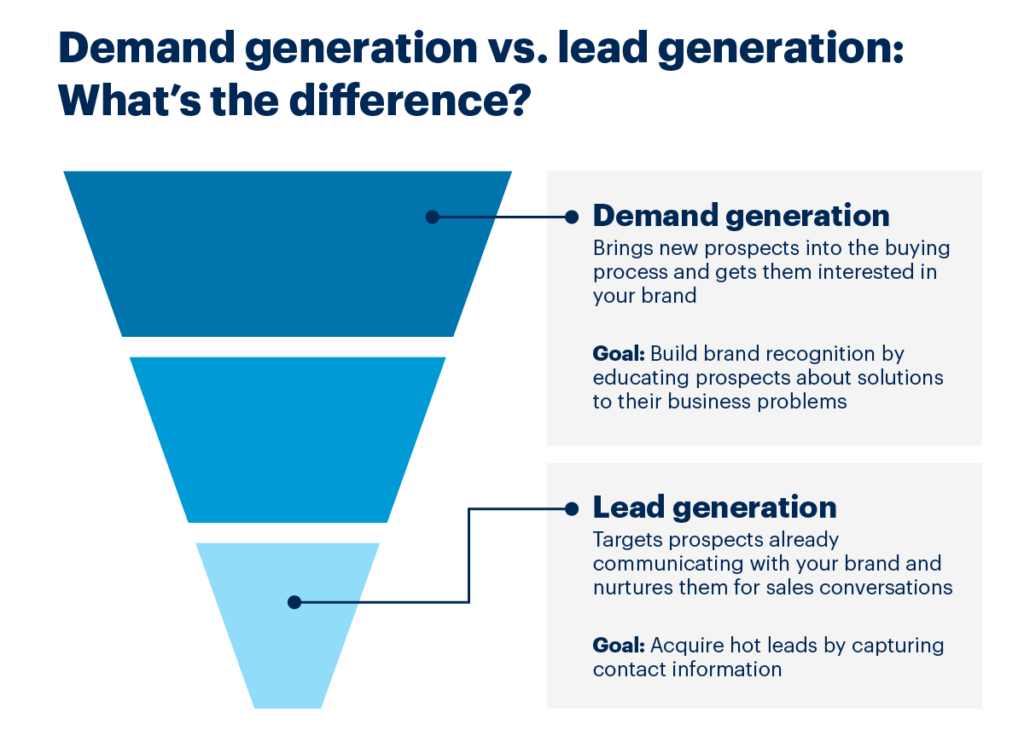
If the goal is brand awareness, our team looks at a variety of key KPIs per channel:
-
Organic Search
- Page Rank for branded terms, and the increase in rank we see over time
- Bounce Rate on the site – once users land on the site from organic search, are they immediately bouncing?
- Pages/Session and Return Rate – similarly, if they land on the site through our branded terms, how many pages are they engaging with, and do they return to the site? If so, how often?
-
Organic Social:
- Impressions on new branded posts. Is the number of users seeing our posts increasing as we post more frequently?
- Follower count – are we seeing an increase in followers as we enhance our organic social footprint?
- Engagements – Are users interacting with our posts? We also want to ensure all – if not most – engagements (comments, reactions, etc.) are positive.
- Click-Through & Site Engagement – are users visiting our site through our organic social posts? Similar to organic search, are they returning to the site, and visiting multiple pages?
-
PR:
- Share of Voice – are we seeing an increase in share of voice in the marketplace from an increase in branded press releases and announcements?
-
Paid Media:
- Impressions & Clicks – volume is critical for generating mass awareness, and paid media is the only channel where we can pay for that volume. The first touchpoint of the funnel is getting eyes on the ads, and then getting users to click through to the site.
- CTR – in addition to volume, it’s critical that we target the RIGHT audience. We don’t want to cast too wide of a net and drive irrelevant volume to the site. In addition to strong volume metrics, we want to see a high CTR for each channel
- Site Traffic – Like other channels, our goal with paid media is to drive an increase in traffic to the site. We want to see an increase in sessions, pages/sessions, and new users on the site.
- Site Engagement – is the traffic that we are driving through paid spending time on the site, or are they bouncing immediately?
- CPCs & CPMs – how much does it cost, on average, to drive users to our site? How much does it cost to reach our target audience?
If the goal is lead generation, our KPIs per channel shift to focus on actions that end users are taking on the site:
-
Organic (Social, Search, PR):
- Form Submissions: are users navigating to demo request or contact us form to gain more information?
- Session to form submission rate: how often are users visiting the site proceeding to fill out a form? Typically, how often does a user visit the site before submitting a form?
-
Paid Media: along with the KPIs in the Organic section, we also measure:
- Cost/Conversion: On average, how much does it cost for us to drive a form submission? We will measure this against industry and paid channel benchmarks
- Conversion Rate: How often are users converting once they click through to the site? How does this vary between brand and nonbranded campaigns/keywords?
Once we have established our goals, and therefore the key KPIs we want to monitor for our digital orchestration efforts, we can start to seamlessly track, monitor, update and optimize our paid campaigns and organic initiatives.
Our team leverages tools like Google Looker Studio to create real-time reports that consolidate data across all channels and touchpoints, allowing us to see 1) how our KPIs are trending per channel and 2) how our overall digital orchestration strategy is performing based on our primary goal.
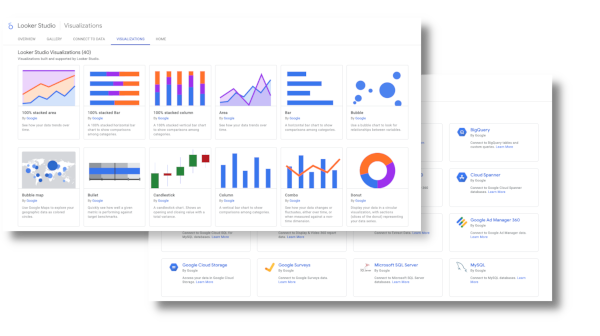
Most importantly, our comprehensive reporting allows us to easily review our data, and apply updates to our strategy based on what we’re seeing. For example, if users are bouncing once they visit our campaign landing page, we should test different landing page variants. Does the copy align to our ad? Is the user experience intuitive? Should we add a lead form above the fold? There are countless tests we can implement, and the beauty is we can continue testing until we see the results we are looking to achieve!
In conclusion, when deploying a digital orchestration program, make sure you are aligned on the primary goal. Identify the KPIs that you want to measure and monitor, and consistently review those KPIs to ensure your digital orchestration strategy is performing to the best of its ability. Don’t be afraid to a/b test landing pages, messaging, CTAs, imagery, etc. As long as you never lose sight of your primary goal, you’ll be on track to achieve the KPIs you want to see.
Ready to take your marketing to the next level? Contact Bluetext to learn about our digital orchestration services and how this could be tailored to your business’ objectives.
